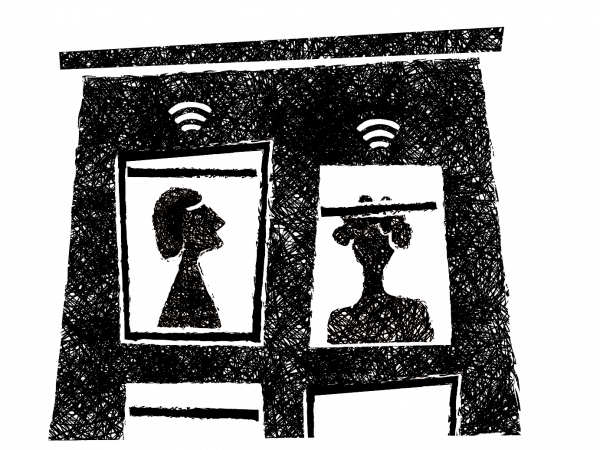- Home
- EN
- Our impact
- ProspeKtive
- Towards an acceleration in the construction of smart buildings?

Towards an acceleration in the construction of smart buildings?
June 2020
Expert
2 words, 10 letters: it has become one of the most famous terms of the COVID-19 pandemic and one of its most salient facts. Overnight, millions of employees found themselves "home office" and never would this situation have occurred on such a scale without confinement. According to an OpinionWay-Square Management survey for Les Echos, nearly a third of workers have tested teleworking during the two months of confinement and 40% wish to repeat the experience on an ad hoc basis post-confinement. It didn't take much for the media to catch on to this revolution in the way people think about work. Really ? On closer inspection, the crisis has above all been an accelerator of already emerging pre-crisis trends, revealing the need to design more agile, safer working environments and resolutely oriented towards the needs of their users. In other words, revealing three essential foundations of smart building, and so many opportunities to seize them for the entire industry.
Overcome the physical limits of the commercial building thanks to digital
The crisis we are going through first of all highlighted the value of promoting a service-oriented and holistic approach to work environments. It was already a vision that had led Kardham to address the entire value chain of commercial real estate or to integrate the notion of "service design". This approach allows thinking, beyond the design of work environments, to their operation, with a view to providing the best possible experience to their users. It's a safe bet that the opportunity represented by this vision will turn into a requirement for the years to come: the months that have passed have highlighted the need to think beyond the economic performance of a tertiary building. to strengthen service requirements for customers and employees. It reinforced the need to reconsider the entire system consisting of both physical locations and professional collaborative tools that allow companies to overcome the physical limits of the tertiary building. Digital solutions like the KD Live platform are an example. These solutions are sufficiently complete to communicate, train, collaborate, manage, federate, but above all they are technically efficient enough to do so in a massive, continuous and flexible manner.
A secure digital workplace
This also raises questions in terms of securing these work environments. The subject of the cybersecurity of the company's capital (buildings, employees, data) was, already before the crisis, an essential stake in the transformation of buildings which, under the effect of digital, are capable of being more efficient, smarter, but we also know they are inherently more vulnerable. So how can these smart buildings, real connected object platforms, be transformed into buildings of trust and thus allow users to benefit from an agile, mobile and secure digital environment against the risks of cyberattacks? The acceleration of the dematerialization of work has made this subject of cyber protection more complex. By now having to ensure the security of information no longer in a single closed place but in a multitude of places and a multitude of teleworking stations, the players in the sector must more than ever offer lasting solutions that guarantee confidence in digital services offered by commercial real estate: sovereign services, capable of meeting regulatory requirements both in terms of IT risk management and respect for personal data (GDPR).
More agility to support plural working methods
Open space, flex, teleworking, whatever form the work takes, it is our mission to support, not only its various changes over the years but, above all, its different faces which follow one another during the same week, or even the same day. Supporting the flexibilization of working hours and the fragmentation which, under the acceleration of the pace of life, sees each employee move very quickly from one way of working to another, is a trend that has existed for twenty years and which will undoubtedly intensify: how to design and guarantee sufficiently flexible and agile working environments to be able to pass from one time (and from one mode) of work to another in a harmonious way, without disruption? From "I'm in the office" to "I'm no longer in the office"? We can see here the challenges for the sector to think about all the digital systems that will ensure the continuity and fluidity of work.
The crisis is a formidable invitation to organizations to reinvent themselves under the impetus of digital technology to rethink the tertiary real estate of today and tomorrow. Again the subject is not new. Remember that the first experience of unallocated offices (the ancestor of the "flex office"!) Dates back to 1973 ... and that it was already, at the time, financed by another digital player: IBM*.
*Source : TJ. Allen, PG. Gerstberger, A field experiment to improve communications in a product engineering department: The nonterritorial office, 1973
Release date: June 2020



